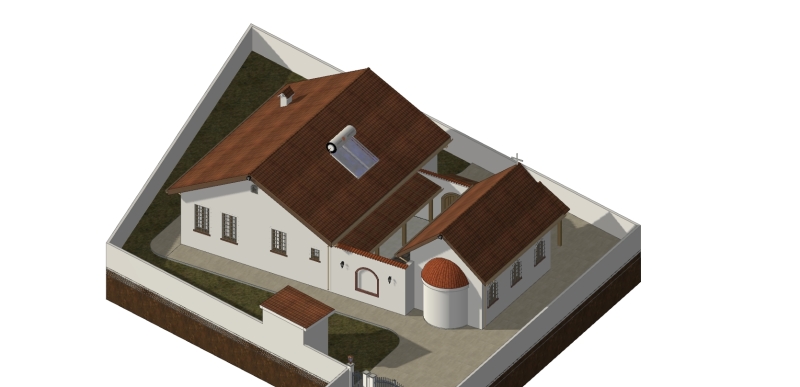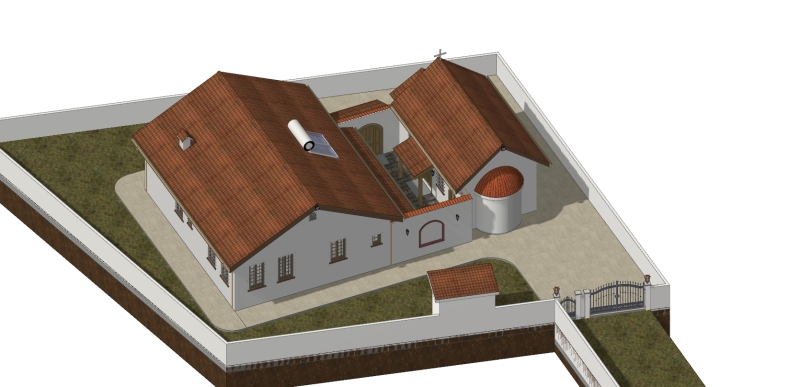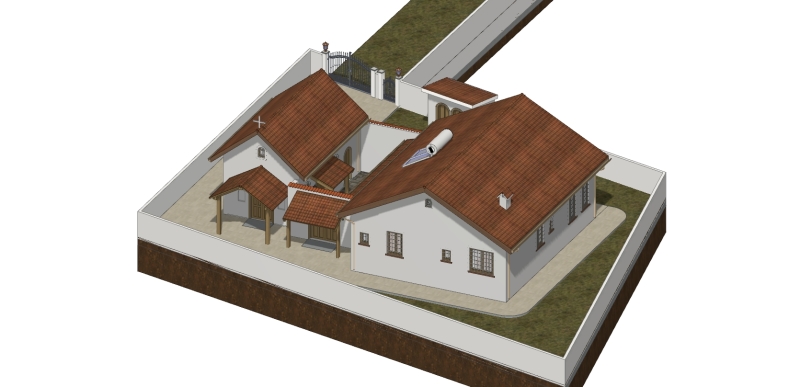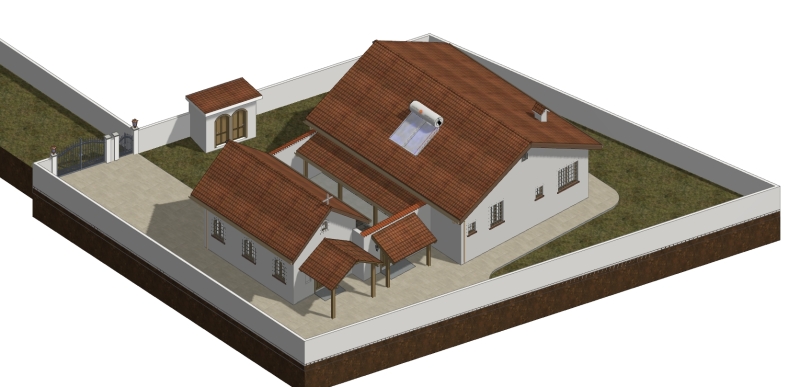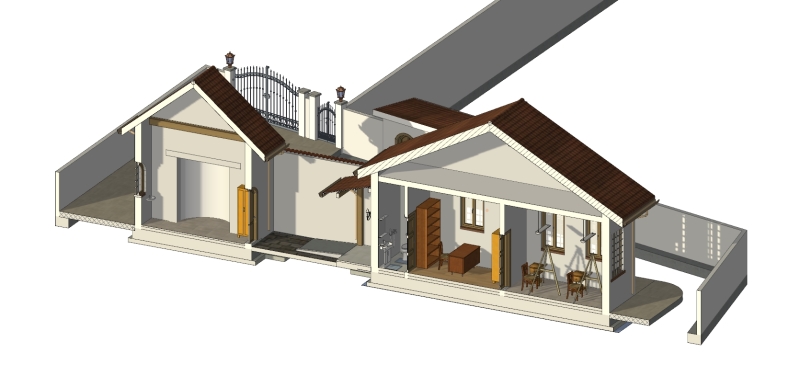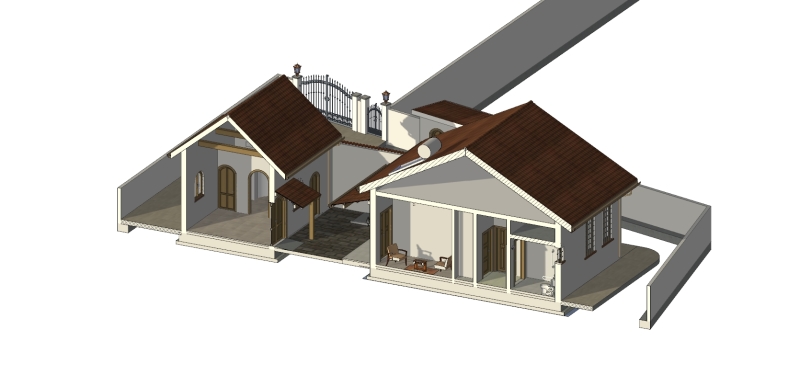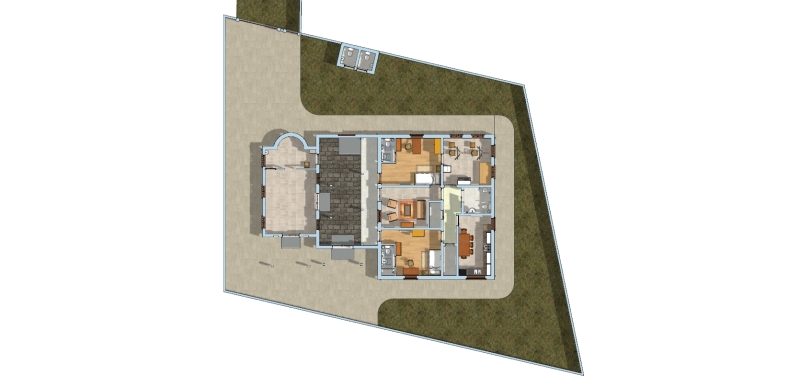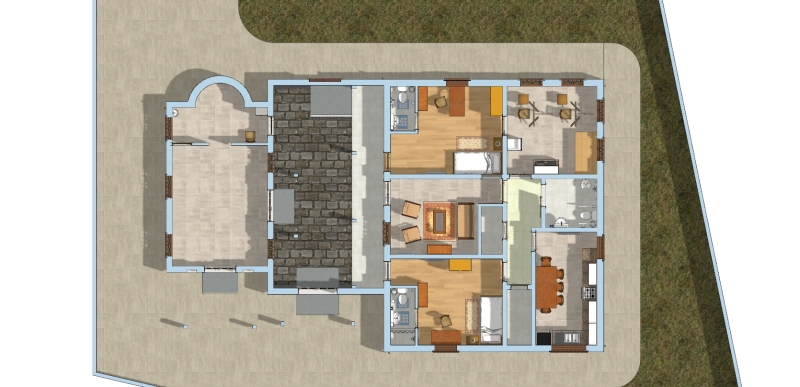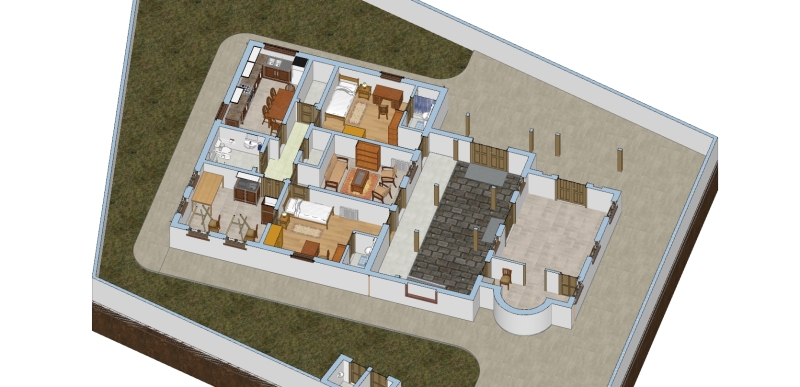Hi,
I have two buildings of different mass that are connected together by foundation beams (at foundation level) and by beams (at storey level)
Its a reinforced concrete frame of only one storey. I know these are not big structures but do you think there would be any issue with differential settlement due to the difference in mass between the two buildings? Do you think its ok to connect them together as shown in the pictures?
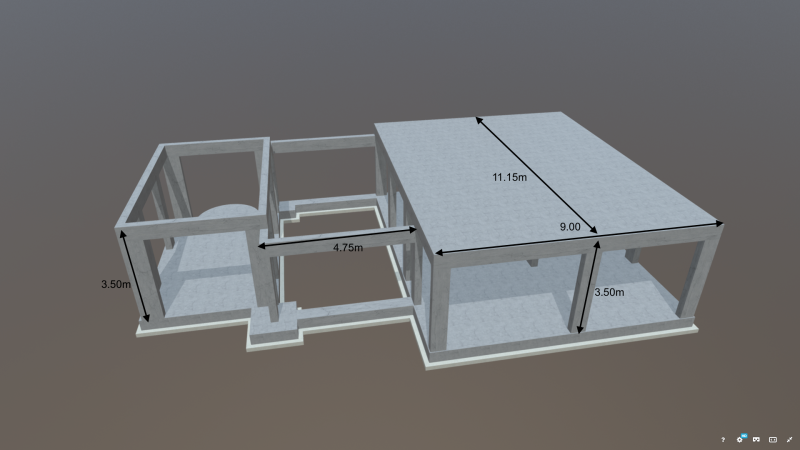
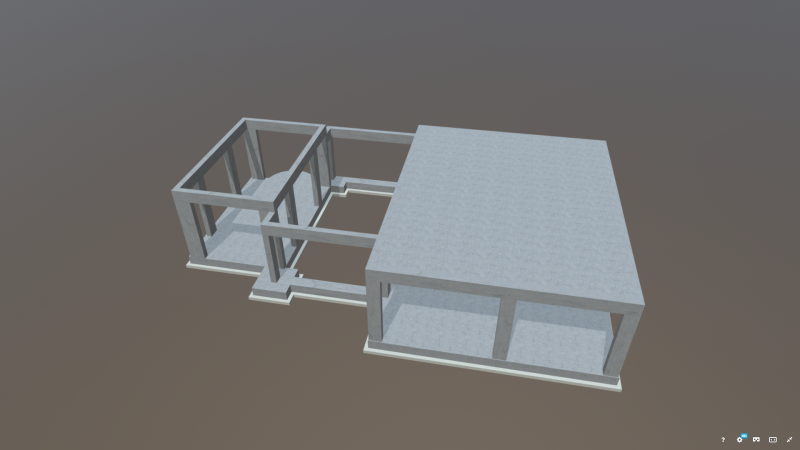
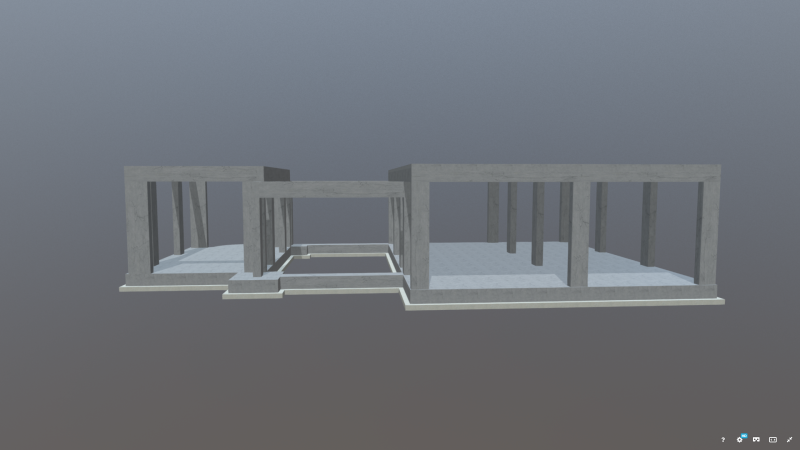
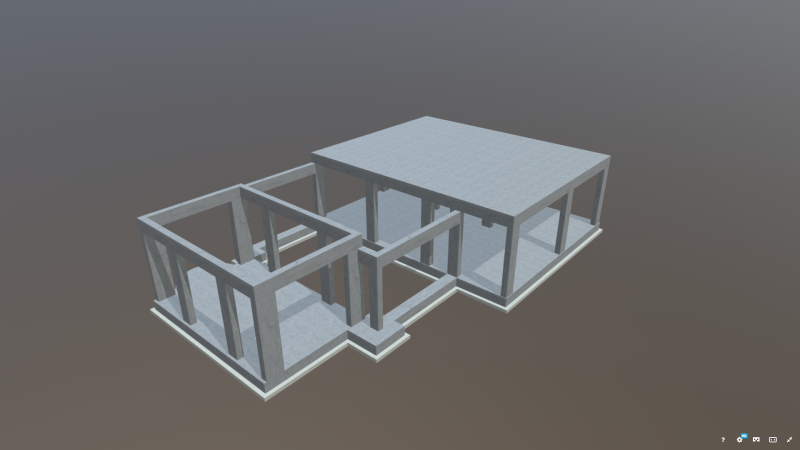
I have two buildings of different mass that are connected together by foundation beams (at foundation level) and by beams (at storey level)
Its a reinforced concrete frame of only one storey. I know these are not big structures but do you think there would be any issue with differential settlement due to the difference in mass between the two buildings? Do you think its ok to connect them together as shown in the pictures?





